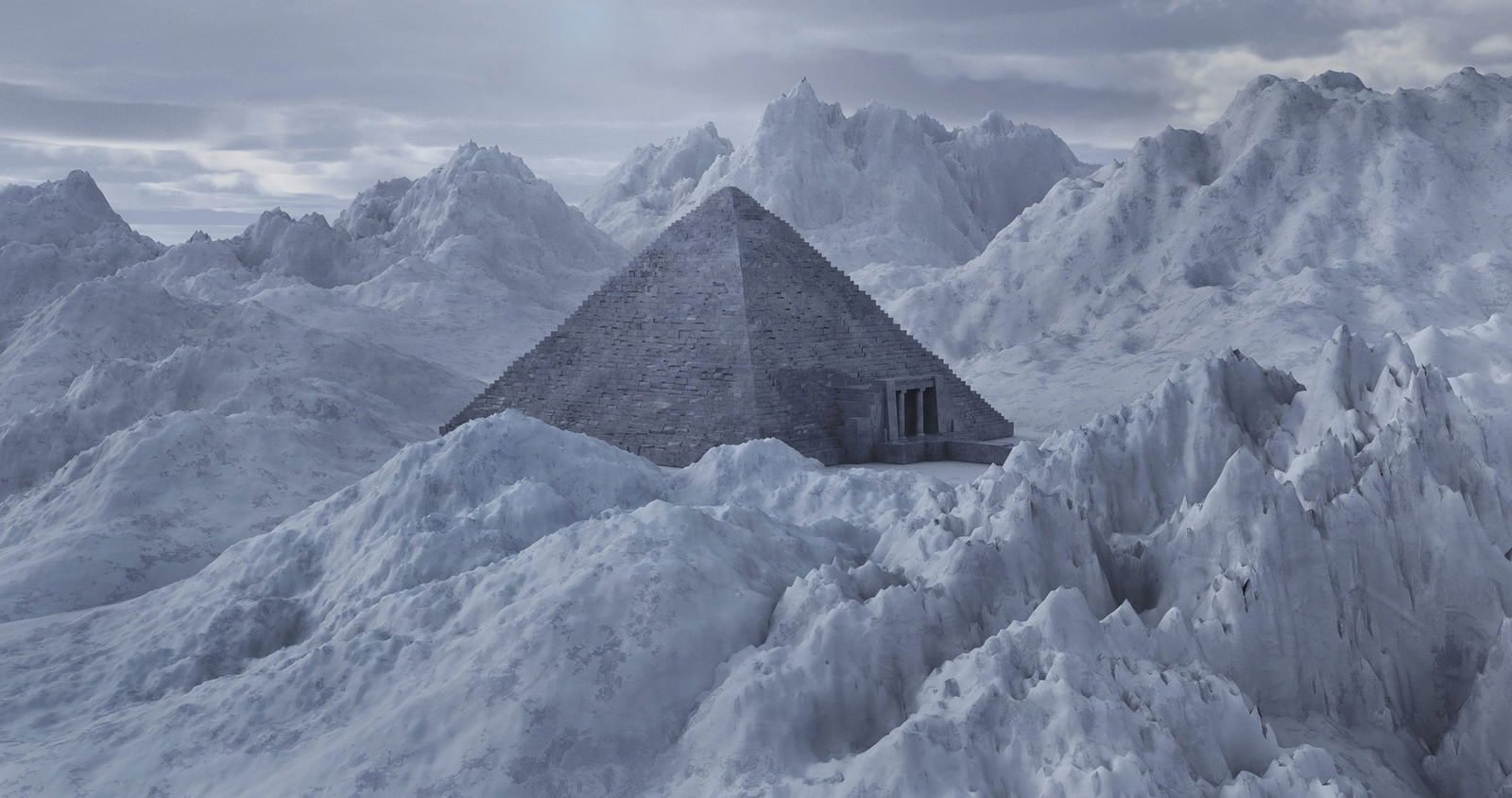Although the pyramids They were completely integrated with EgyptIn fact, such structures are not the only ones that can be found here. There are, for example, pyramids in Mexico and Guatemala – in fact, huge formations were found in Antarctica, which immediately attracted the attention of scientists.
The Ice World was certainly not nearly as frost and snow as it is now; 100 million years ago, it was covered in rainforests and plants that can be found in New Zealand today. It was during this time that the pyramid-like formations first discovered in the 1900s would have formed.
A British Antarctic expedition found a huge ice pyramid – they initially called this formation the Pyramid, and this name was later used in all geological surveys of the area. On November 23, 1935, American pilot Lincoln Ellsworth saw the ice pyramid when he flew over the southern part of the Ellsworth Mountains in Antarctica.
Scientists made a big mistake in building the pyramid, as a result of a fatal error, which led to a complete error in uncovering the ancient mystery.
Read more…
Read more…
Then, almost 100 years after its first discovery, with the help of Google Earth, they noticed that there was no such pyramid-like formation in the Ice Kingdom. The formation, estimated to be about 1,300 meters high, has unusually steep sides, so in effect it is like a pyramid, so people's imaginations began to wonder what kind of civilization, which has since disappeared, could have built it.
However, the mystery has now come to light, and it has been proven that these are not pyramids built by an extinct civilization or an alien race, but rather a mountain range more than 400 kilometers long, the peaks of whose rocks protrude above the ice.
“It's not a complex shape, so it's not a special shell either. By definition, it's a nunatak, which is simply a rocky peak sticking out above a glacier or ice sheet. It's pyramid-shaped, but that doesn't make it a human structure.”
– Dr. said. He's Mitch Darcy, a geologist at the German Geosciences Research Center in Potsdam IFLScienceto.
But how do such pyramid-like formations form?
Cracks in mountains fill with snow and water during the day, which freeze during cold nights, and then the cracks become wider as the ice expands. This erosion occurs so many times that eventually huge boulders break off the mountain along the cracks; This process can lead to the formation of a pyramid-like structure, as in the case of the Antarctic mountain range, or the Matterhorn, the seventh highest peak in the Alps.












































